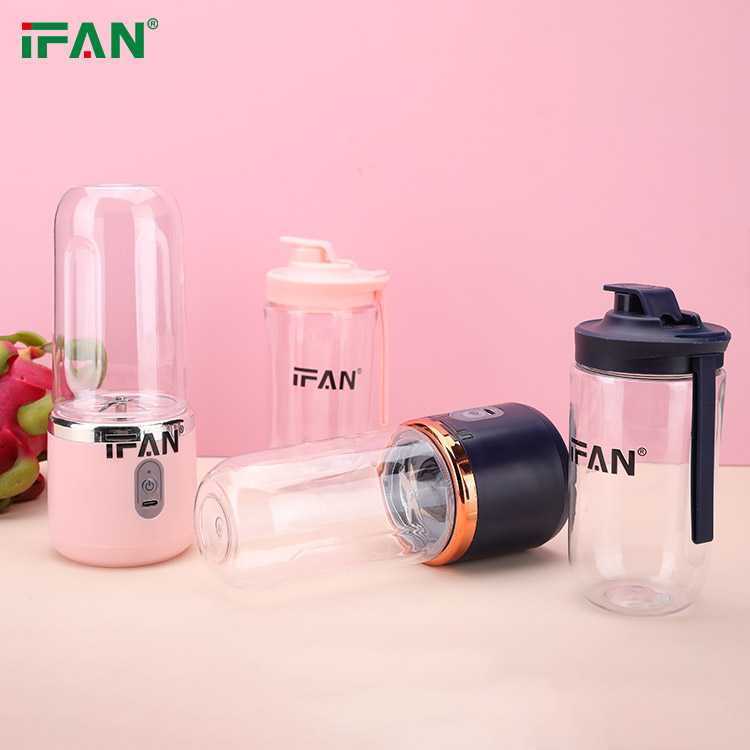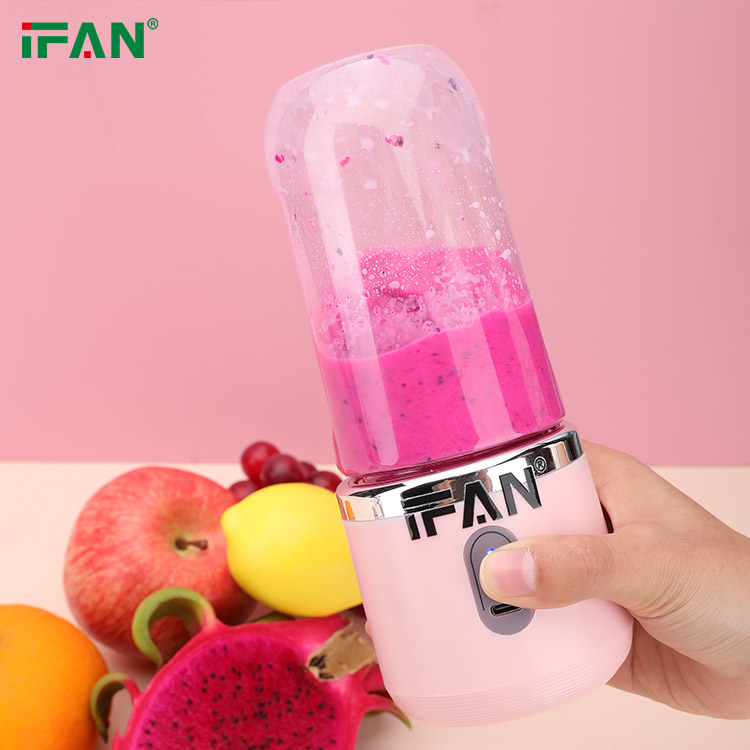Juicer and blender are two popular kitchen appliances which are often used to make healthy drinks and snacks. Although both of these appliances are used for food preparation, they have some important differences that make them suitable for different purposes. Understanding the differences is essential in order to choose the right appliance for your needs.

A juicer extracts juice from fruits and vegetables by separating the pulp from the juice. There are different types of juicers available in the market, including centrifugal juicers, masticating juicers, and hydraulic press juicers. A centrifugal juicer uses a spinning blade to shred and extract juice from fruits and vegetables. A masticating juicer, on the other hand, uses a slow and gentle process to extract juice by crushing and pressing the pulp. A hydraulic press juicer uses hydraulic pressure to extract juice from fruits and vegetables.
The advantage of using a juicer is that it extracts the maximum amount of nutrients and vitamins from the fruits and vegetables. A juicer removes the pulp and fiber, leaving behind a pure liquid that is rich in nutrients. This liquid is easy to digest and quickly absorbed by the body, making it an ideal choice for people who want to improve their health and wellness.
Moreover, juicers are easy to clean and maintain. Most juicers will come with detachable parts which can be easily washed in the sink or dishwasher. Juicers are also capable of making juice quickly, making them a great option for those who are in a rush or want to make a healthy drink in a hurry.
On the other hand, a blender is a kitchen appliance that uses blades to mix, chop, and puree food. The blades chop the food into small pieces, which are then blended together to form a smooth and creamy texture. Blenders are great for making smoothies, soups, sauces, and dips.
One of the advantages of using a blender is that it retains the fiber and pulp of the fruits and vegetables. This means that a smoothie made from a blender will contain more fiber and nutrients than a juice made from a juicer. Moreover, a blender is more versatile than a juicer since it can be used for a variety of tasks such as making nut butter, grinding coffee beans, or crushing ice.
Another advantage of using a blender is that it can be used to create different textures and consistencies. For example, a blender can create a smooth and creamy texture for soups and purees, or a chunky texture for salsas and dips. A blender is also a great tool for mixing different ingredients together, which makes it ideal for creating healthy drinks and snacks.
However, one of the drawbacks of using a blender is that it can be challenging to clean. Since the blades are integrated into the blender itself, it can be difficult to remove food particles and residue from the blades. In addition, blenders can take longer to make a drink than juicers, and the texture may not be as smooth as a juice made from a juicer.
In conclusion

The major difference between a juicer and a blender is the way they handle fruits and vegetables. A juicer extracts the liquid from fruits and vegetables, leaving behind the pulp and fiber. A blender, on the other hand, blends the fruits and vegetables whole, retaining the pulp and fiber. The choice between a juicer and a blender depends on personal preferences and needs. If you want to extract the maximum amount of nutrients and vitamins from your fruits and vegetables, a juicer is the best option. If you want to create a variety of textured smoothies and purees, a blender is the best choice.

